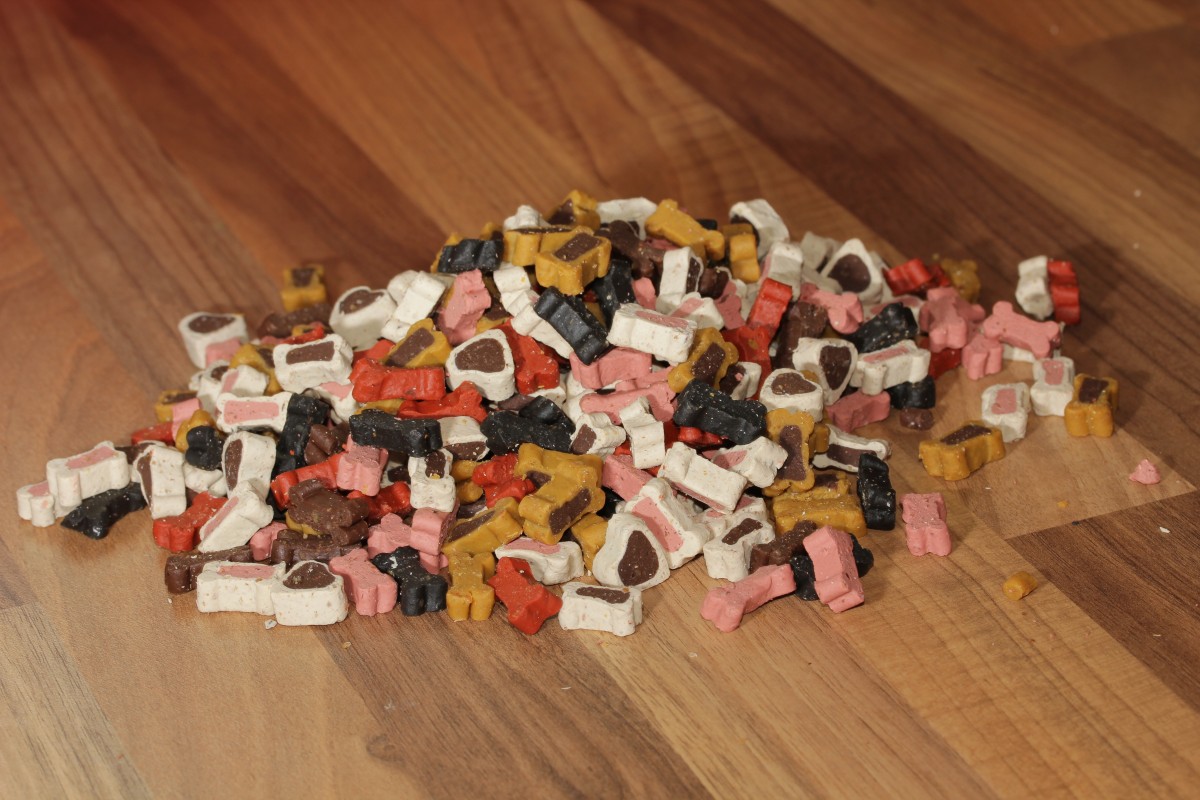Top-Rated Dog Training Techniques
So, you’ve decided to train your dog and want to make sure you’re using the best methods out there. Whether you’re starting with a puppy or trying to teach an older dog new tricks, you’ve come to the right place. In this guide, we’ll cover the top-rated dog training techniques that will make your furry friend the best-behaved pup on the block. Training your dog can be both rewarding and challenging, but with the right techniques, tools, and a bit of patience, you’ll see amazing results. Let’s get started!
This website includes affiliate links, which means I may earn a commission if you make a purchase through these links, at no extra cost to you. All recommendations are based on professional expertise and thorough research.
1. Positive Reinforcement: The Gold Standard
Positive reinforcement is often hailed as the most effective dog training technique. This method revolves around rewarding your dog for good behavior, which encourages them to repeat it. Rewards can include treats, toys, or simply lots of praise and affection. (Link to various dog treats on Amazon)



How to Implement Positive Reinforcement:
- Start Simple: Use basic commands like “sit,” “stay,” or “come.” When your dog successfully follows a command, immediately reward them with a treat or a favorite toy.
- Use High-Value Treats: Small, soft treats work best since your dog can eat them quickly, keeping their focus on you. Treats like Zuke’s Mini Naturals (highly rated on Amazon and specifically designed for training) are a great option.
- Keep Sessions Short and Fun: Dogs have short attention spans. Aim for sessions of 10-15 minutes, multiple times a day. The more enjoyable these sessions are, the better.
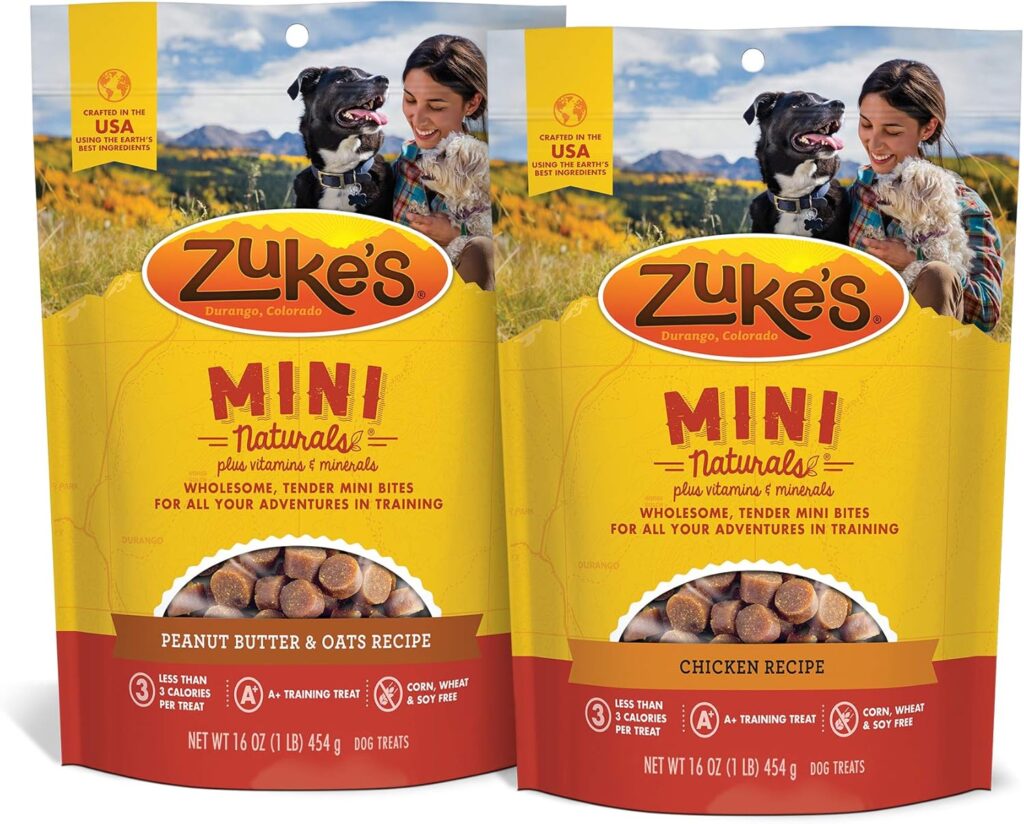


Consistency is key. Your dog will learn faster if you always reinforce good behavior, whether it’s during training or everyday activities. Over time, you can replace treats with verbal praise or petting to reinforce the behavior without overfeeding.
2. Clicker Training: A Great Way to Communicate
Clicker training is a popular method that works well with positive reinforcement. It involves using a small device called a clicker that makes a distinct sound when pressed. When your dog performs the desired action, you click and immediately reward them.
Benefits of Clicker Training:
- Clear Communication: The clicker helps mark the exact moment your dog does something right, making it clear what behavior you’re rewarding.
- Fast Learning: Dogs tend to learn faster when they understand exactly which action earned them a reward.
To start, purchase an inexpensive clicker like the PetSafe Clik-R Trainer from Amazon, which is easy to use and highly rated by other pet owners. Pair the click sound with a treat, and soon your dog will associate the sound with positive reinforcement. This way, even if you don’t have a treat in your hand, the click itself becomes rewarding.
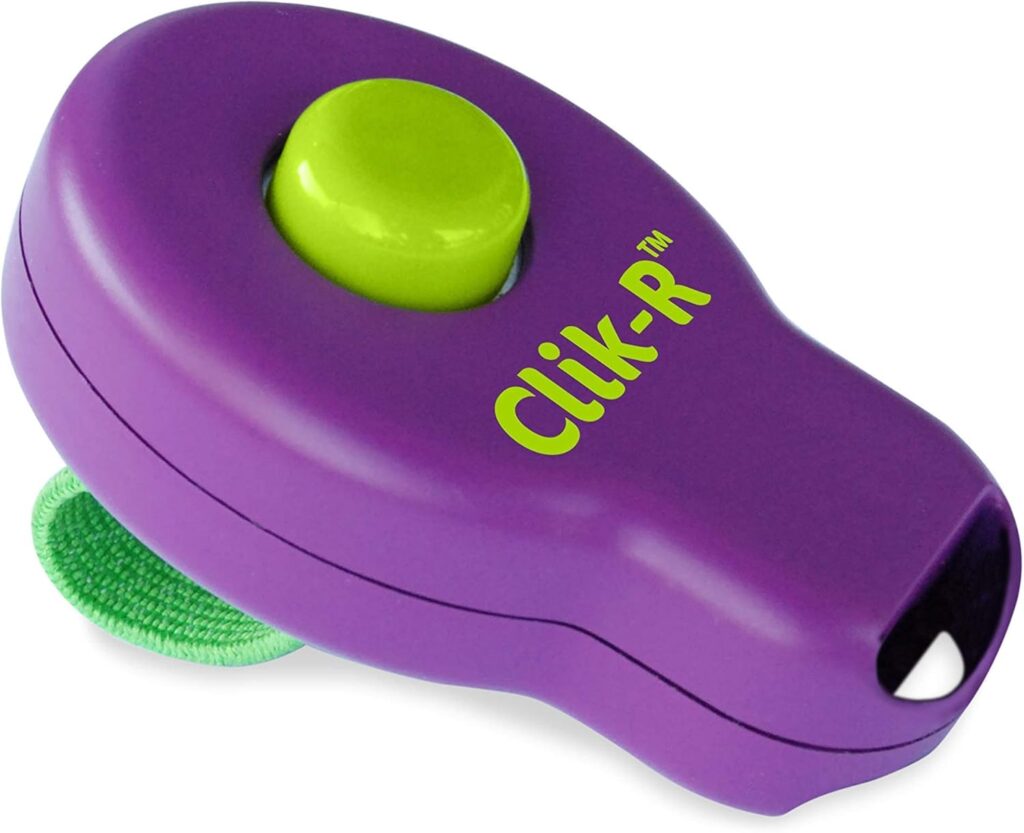
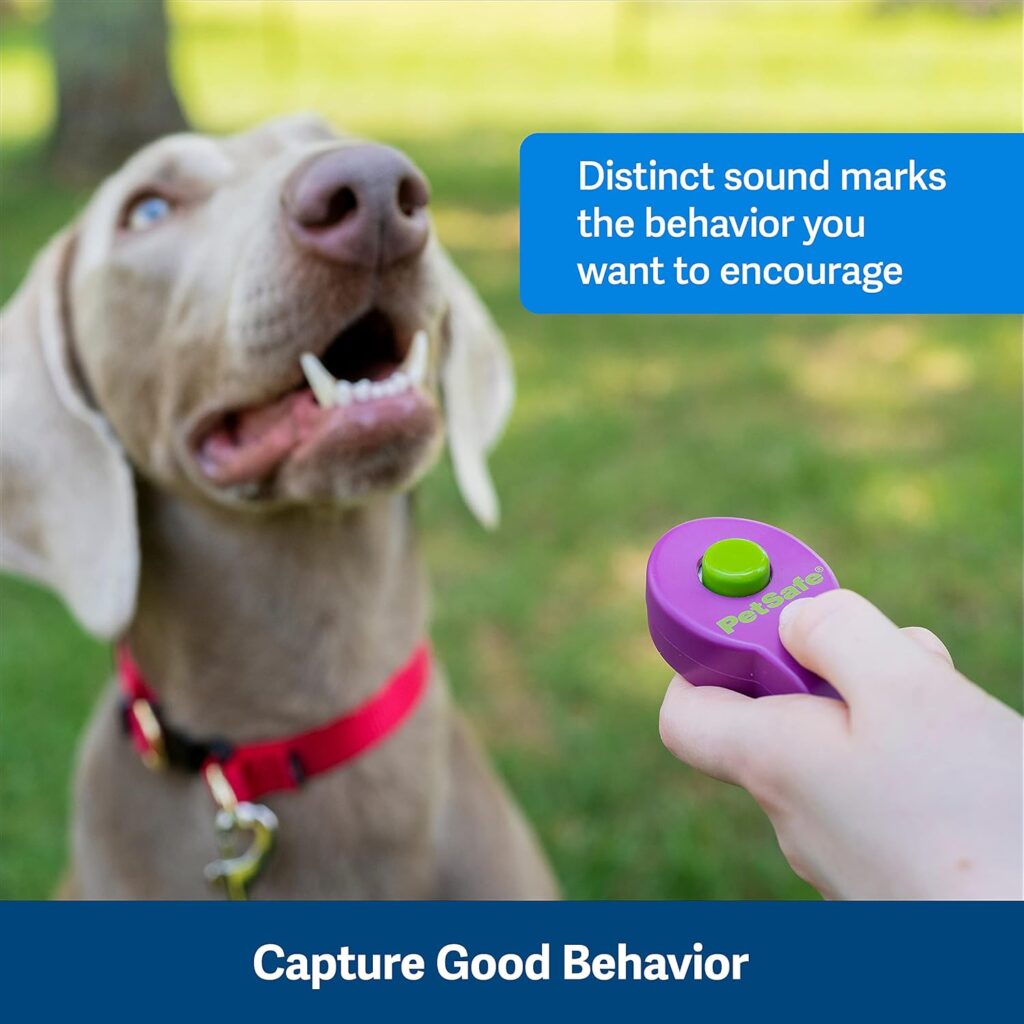
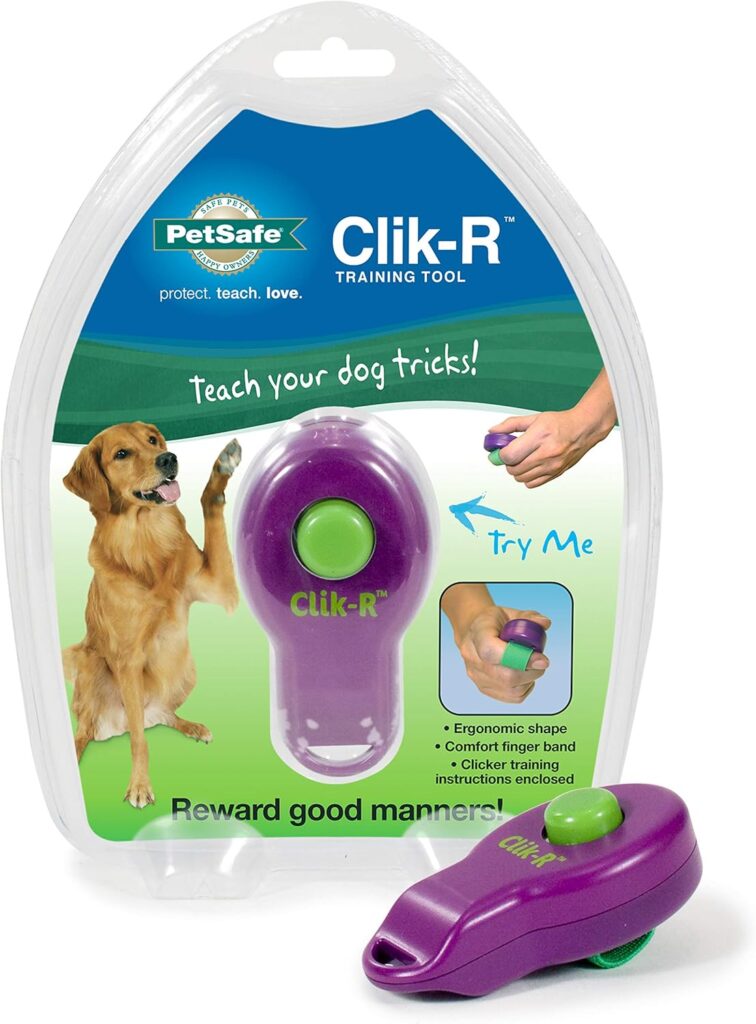
3. Crate Training: Creating a Safe Space
Crate training is a valuable technique for housebreaking your dog and giving them a safe place to relax. Dogs are naturally den animals, and a crate provides a cozy and secure area that they can call their own.
Steps to Effective Crate Training:
- Choose the Right Size: Your dog should have enough room to stand, turn around, and lie down comfortably. Amazon offers various crates like the MidWest Homes for Pets Dog Crate, which comes with a divider to adjust the size as your puppy grows.
- Make It Comfortable: Add a soft blanket and a couple of chew toys to make the crate inviting. KONG Classic Dog Toys (link to Amazon) are fantastic because they’re durable and can be stuffed with treats to keep your dog occupied.
- Introduce Gradually: Start by encouraging your dog to enter the crate by throwing in treats or toys. Keep the door open at first, allowing them to explore and feel comfortable. Gradually increase the time they spend inside, always rewarding calm behavior.
Avoid using the crate as a form of punishment. It should be a positive space where your dog feels safe and secure. Crate training helps with preventing destructive behavior when you’re not home and makes traveling with your dog much easier.
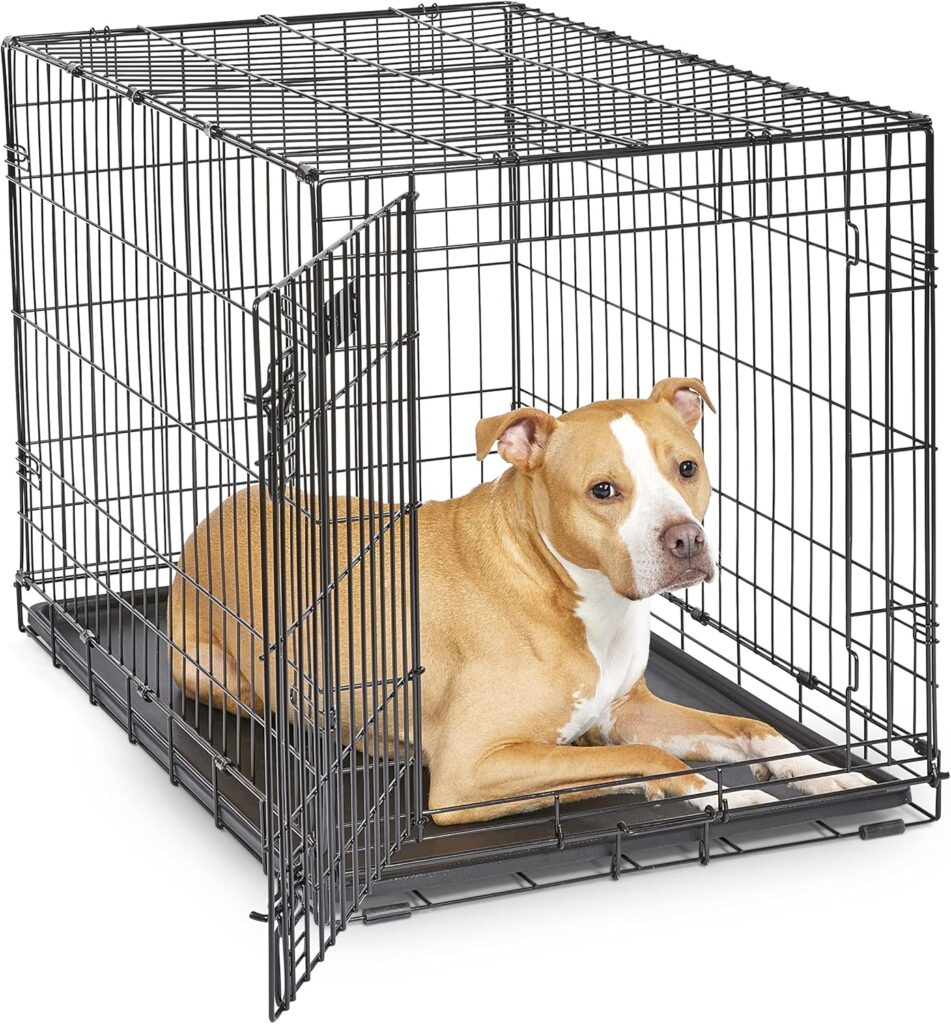

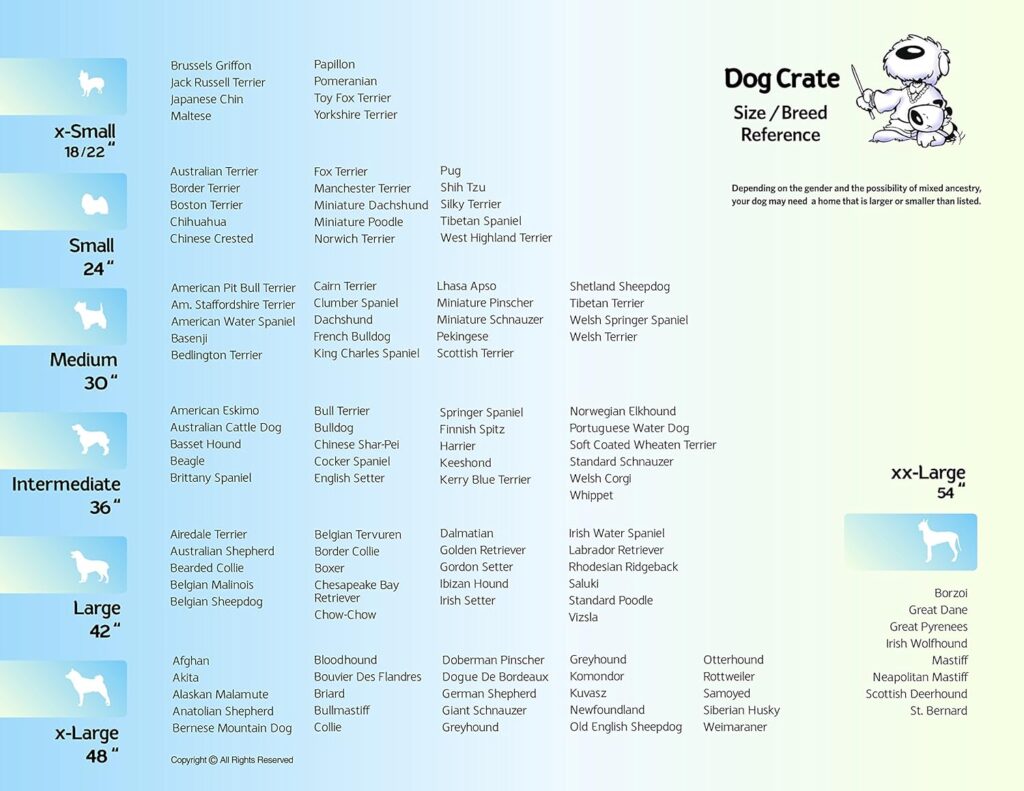
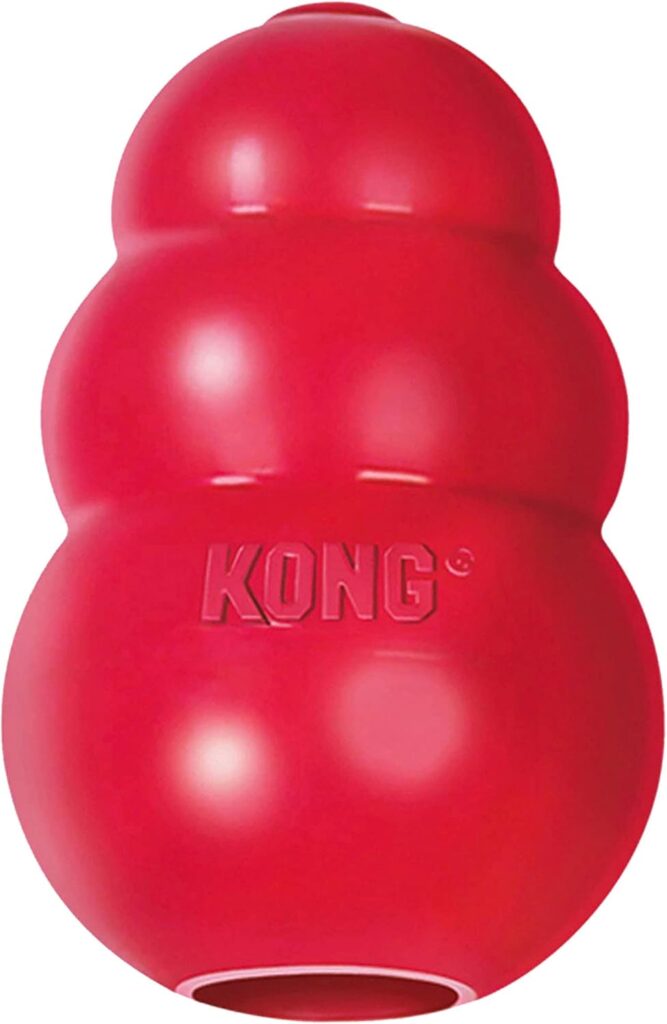
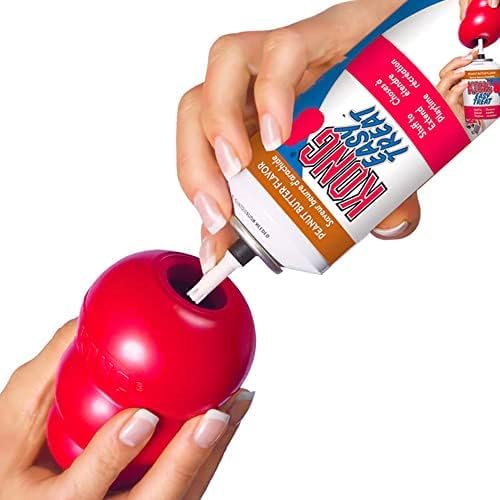
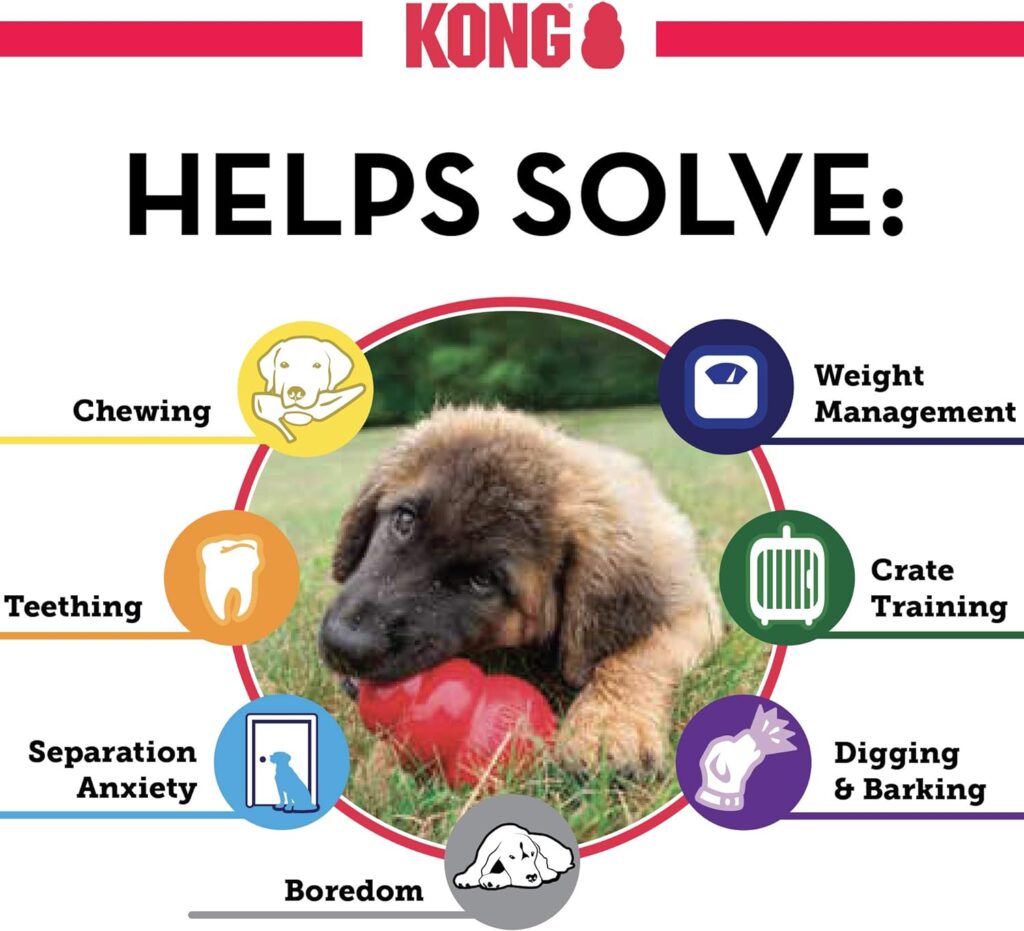
4. Leash Training: Mastering Walks Together
Leash training is essential for having stress-free walks. It’s common for dogs to pull on the leash, especially if they’re excited to explore. However, with some patience and the right technique, you can teach your dog to walk nicely beside you.
Tips for Successful Leash Training:
- Use a No-Pull Harness: A no-pull harness like the PetSafe Easy Walk Harness is an excellent choice. It’s highly rated on Amazon and helps discourage pulling by redirecting your dog’s motion.
- Stop-and-Go Technique: When your dog starts to pull, stop walking immediately. Wait until the leash is slack before you continue. This helps your dog learn that pulling will not get them where they want to go.
- Reward Good Walking: Whenever your dog walks beside you without pulling, reward them with a treat or praise. This reinforces the desired behavior and keeps them focused on you.
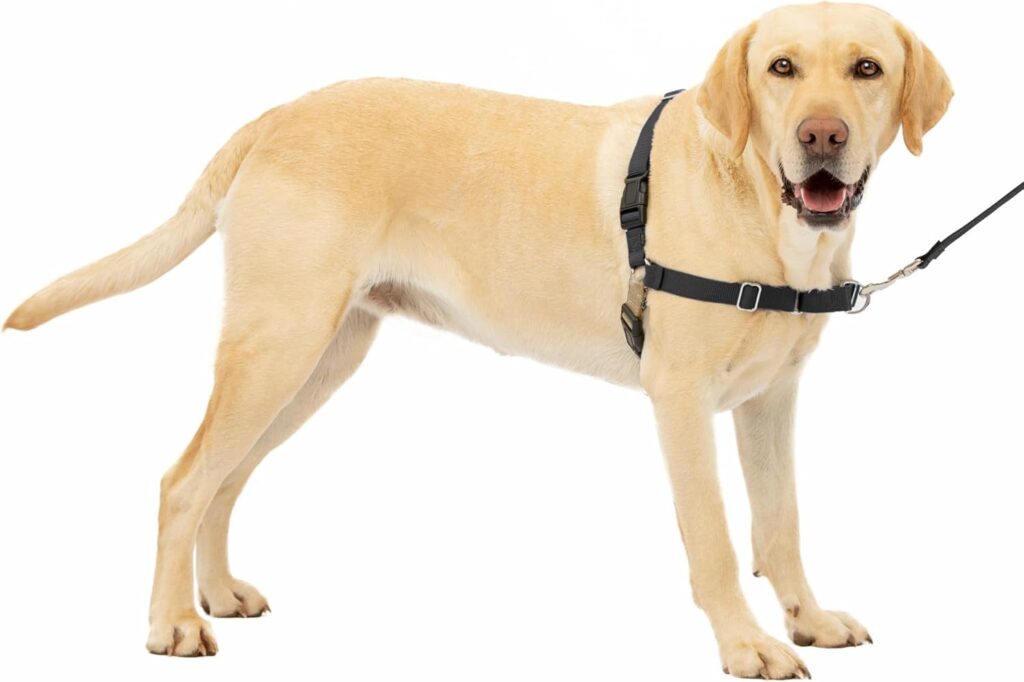
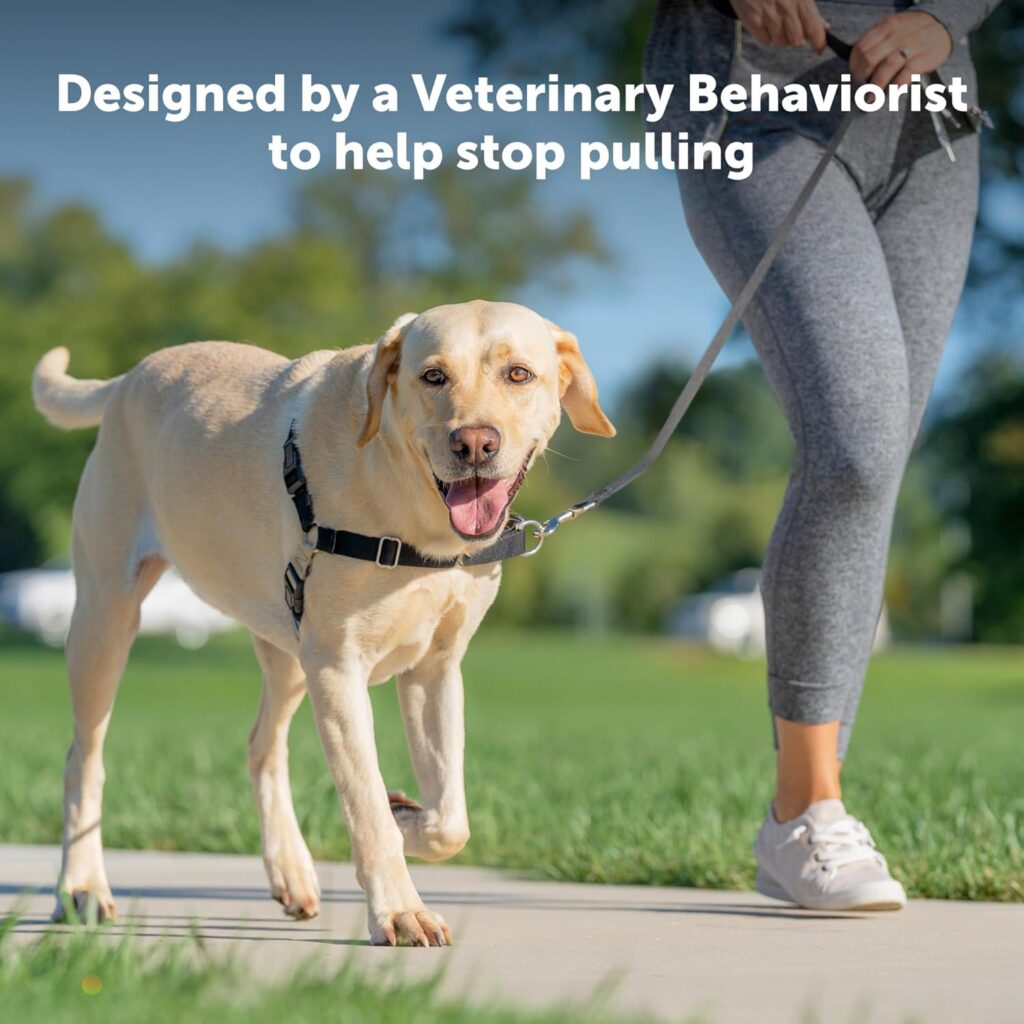
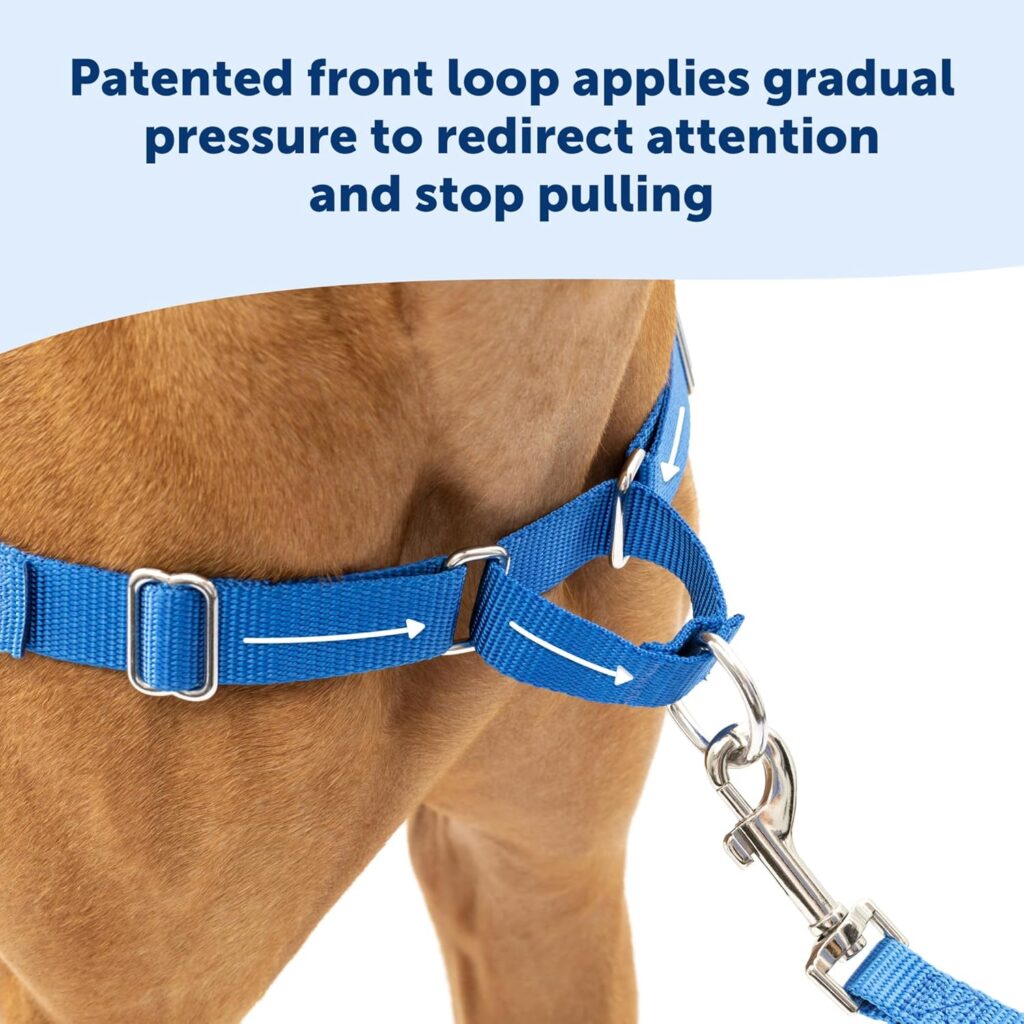
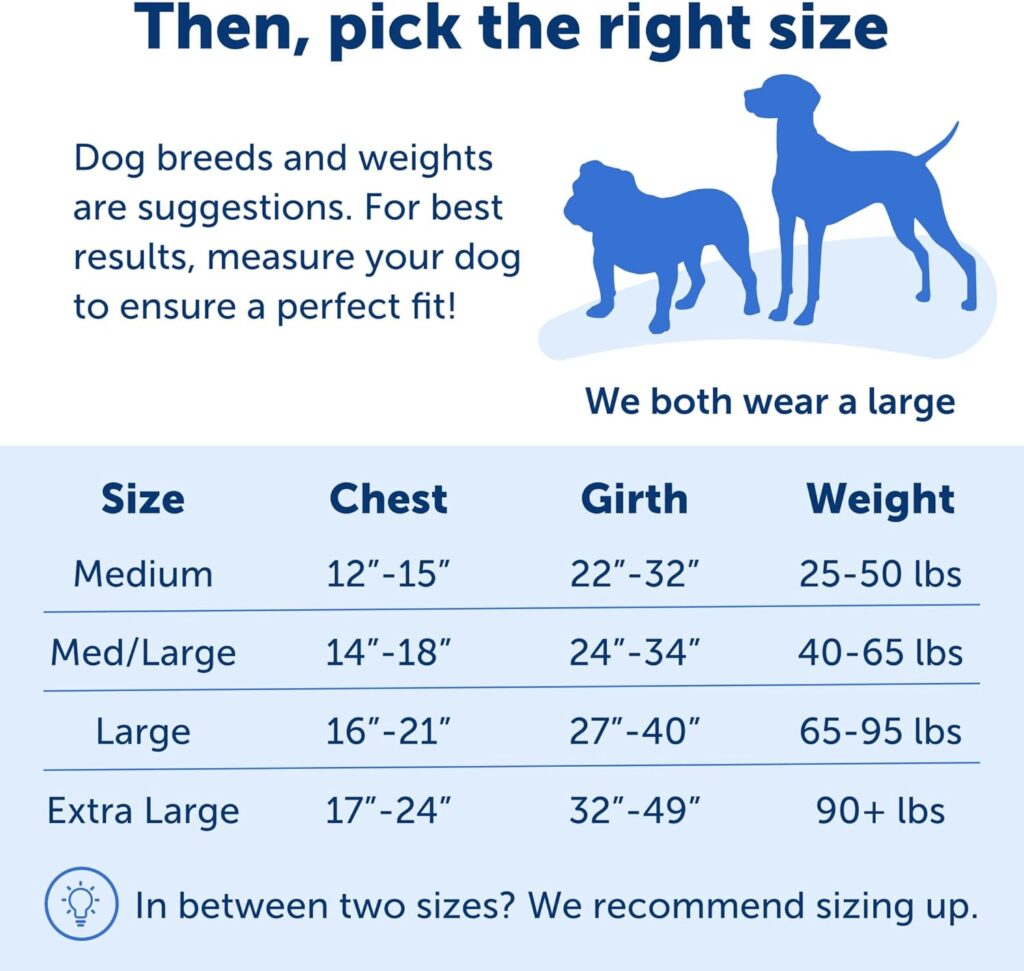

5. Housebreaking: Teaching Bathroom Etiquette
Housebreaking is an important part of training, especially if you have a young puppy. This process can be challenging, but the key is consistency and vigilance.
Steps for Housebreaking:
- Establish a Routine: Take your dog outside frequently, especially after meals, playtime, and naps. A consistent schedule helps them learn when it’s time to go.
- Designate a Spot: Choose one specific area outside where you want your dog to go. The familiar scent will encourage them to use that spot.
- Praise Every Success: Whenever your dog goes to the bathroom in the right place, lavish them with praise or offer a treat. For this, you can use Blue Buffalo Bits, which are small enough to be used repeatedly during training. (Link to various options on Amazon)
- Accidents Happen: If your dog has an accident inside, don’t punish them. Simply clean it up using an enzyme-based cleaner like Rocco & Roxie Stain & Odor Eliminator to remove any lingering scent. Dogs tend to go back to the same spot if they can still smell their scent.






6. Socialization: The Foundation of a Well-Rounded Dog
Socializing your dog is crucial to ensure they grow up comfortable around new people, other animals, and different environments. A well-socialized dog is generally more confident and less prone to fear-based behavior problems.
How to Socialize Your Dog:
- Introduce Gradually: Start with calm, positive interactions in controlled environments. This can be introducing them to a friend, another dog, or even taking them to a busy street to observe traffic from a distance.
- Puppy Classes: For young dogs, attending a well-run puppy class can be invaluable. Not only do they learn basic obedience, but they also get to play with other puppies in a controlled setting.
- Daily Walks: Regular walks in different neighborhoods expose your dog to new sights, sounds, and people, which helps them adapt to different stimuli. The more they experience, the less reactive they’ll be.
7. Addressing Problem Behaviors: Nipping and Barking
It’s common for dogs to develop habits like nipping, excessive barking, or chewing. Addressing these issues early helps prevent them from becoming ingrained behaviors.
Techniques to Address Common Problems:
- Nipping: Puppies often nip during play. When your dog nips, let out a yelp or say “ouch” loudly. This helps them understand they’ve hurt you. Offer them a chew toy like the Nylabone Power Chew (link to various options on Amazon) instead, which is perfect for teething pups.
- Barking: Excessive barking can be due to boredom, fear, or simply wanting attention. Figure out what’s causing the barking. If it’s for attention, ignore the barking and only reward your dog when they’re quiet. You can also use training aids like the Pet Corrector Spray, which makes a hissing sound to interrupt barking, helping your dog to refocus.
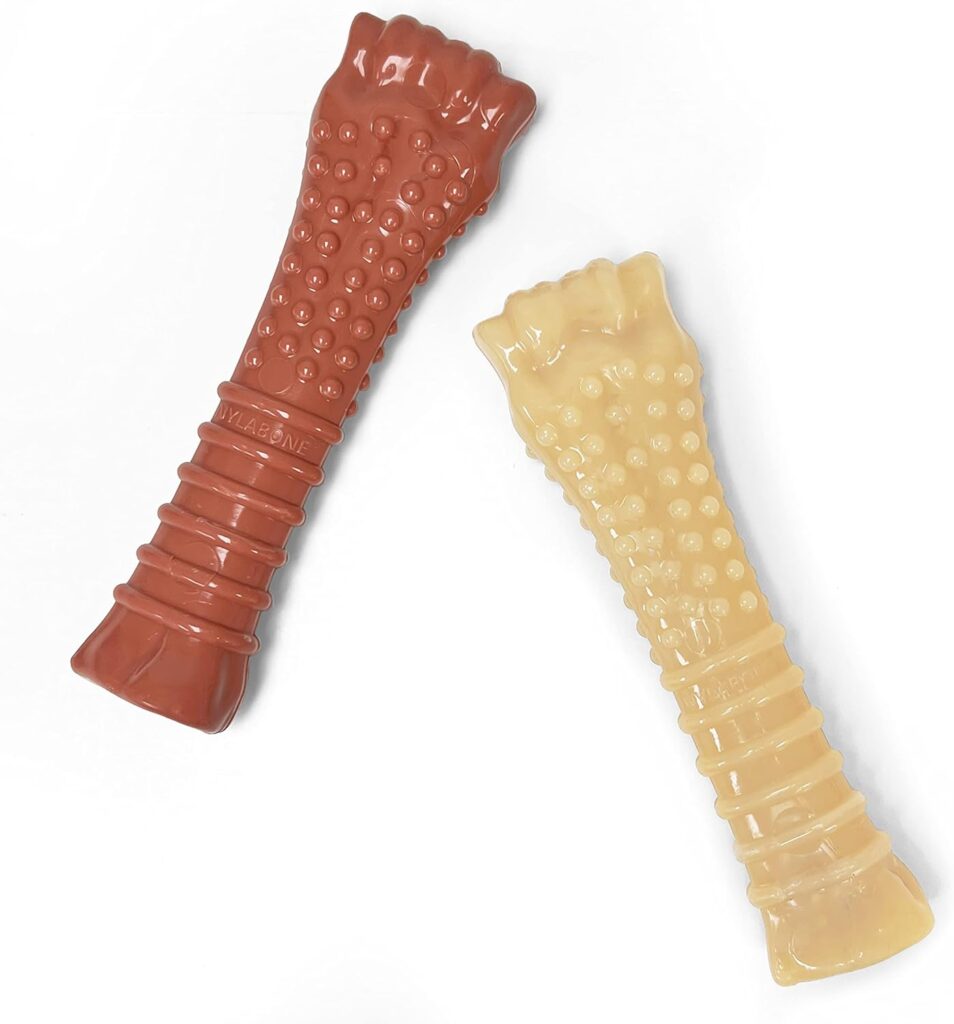
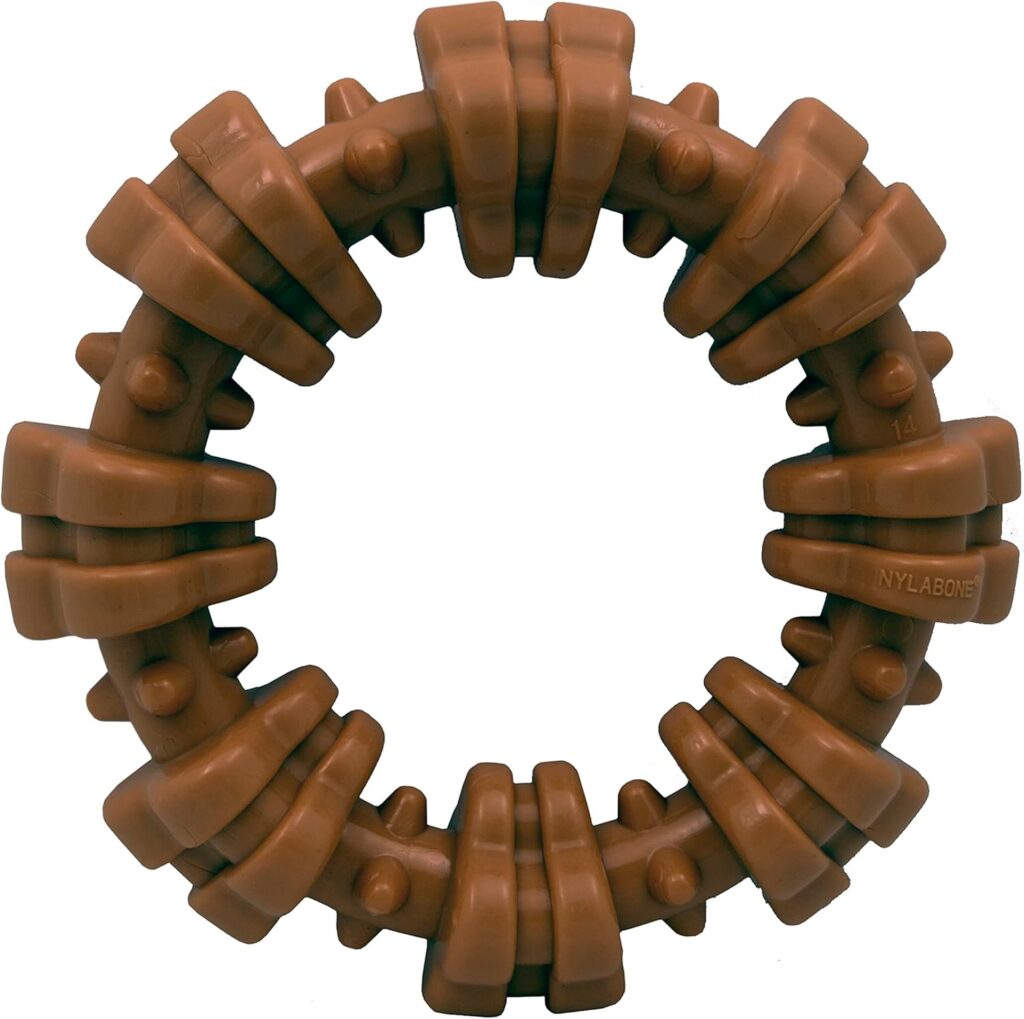
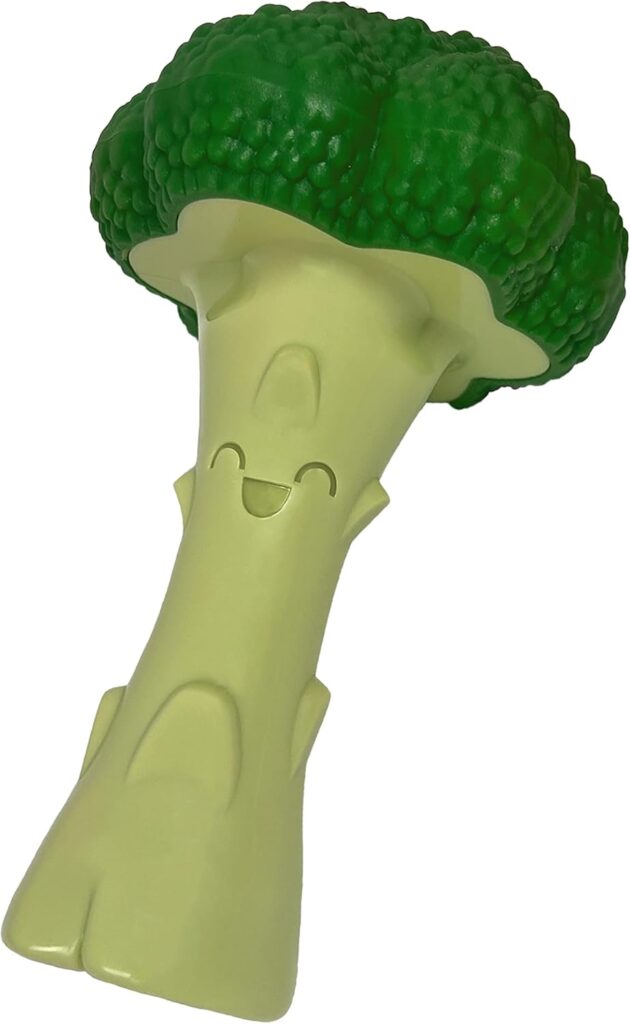

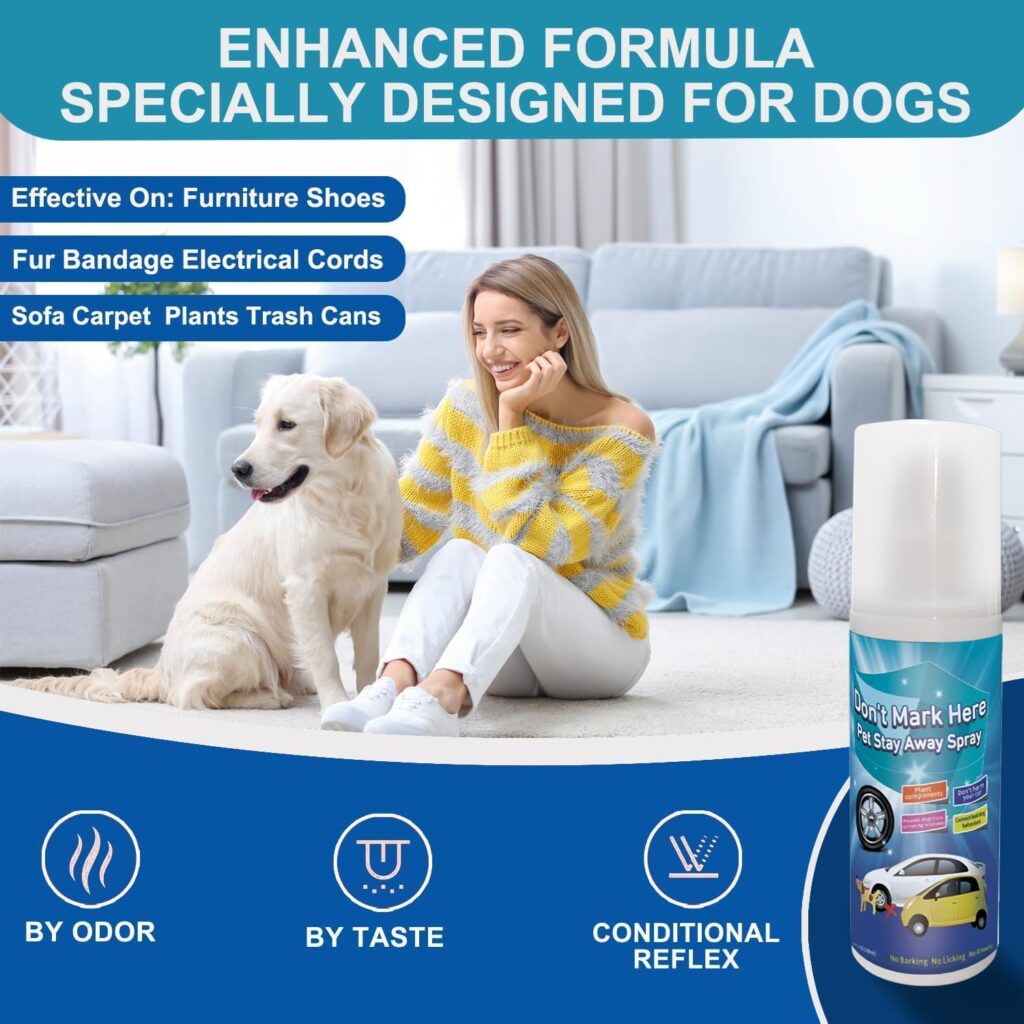

8. The Importance of Mental Stimulation
Just as physical exercise is essential for your dog’s health, so is mental stimulation. Dogs, especially intelligent breeds, need activities that engage their minds to prevent boredom and destructive behaviors.
Ideas for Mental Stimulation:
- Puzzle Toys: Interactive puzzle toys like the Outward Hound Hide N’ Slide keep your dog busy and challenge them to work for their treats.
- Training Games: Incorporate games like “find it” by hiding treats around the house and encouraging your dog to sniff them out. This taps into their natural instincts and keeps their brain active.
- Teaching New Tricks: Whether it’s learning how to shake hands, spin, or even clean up their toys, teaching new tricks keeps your dog mentally sharp and adds to the bond between the two of you.
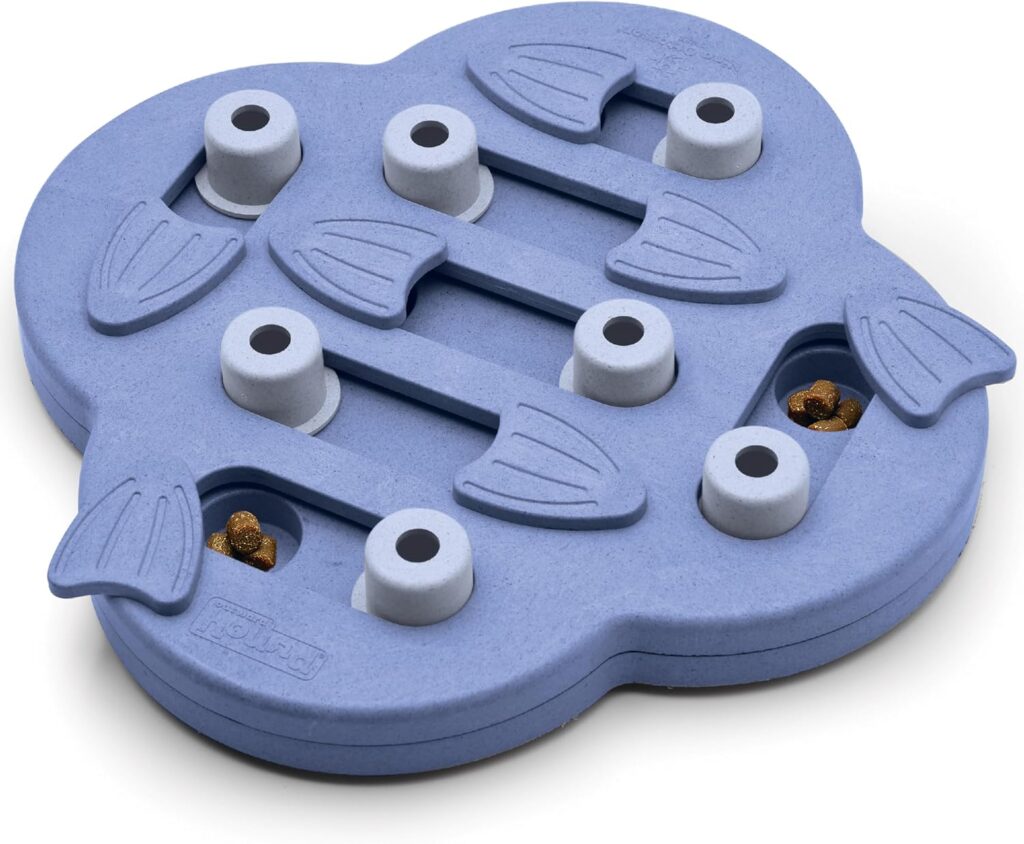
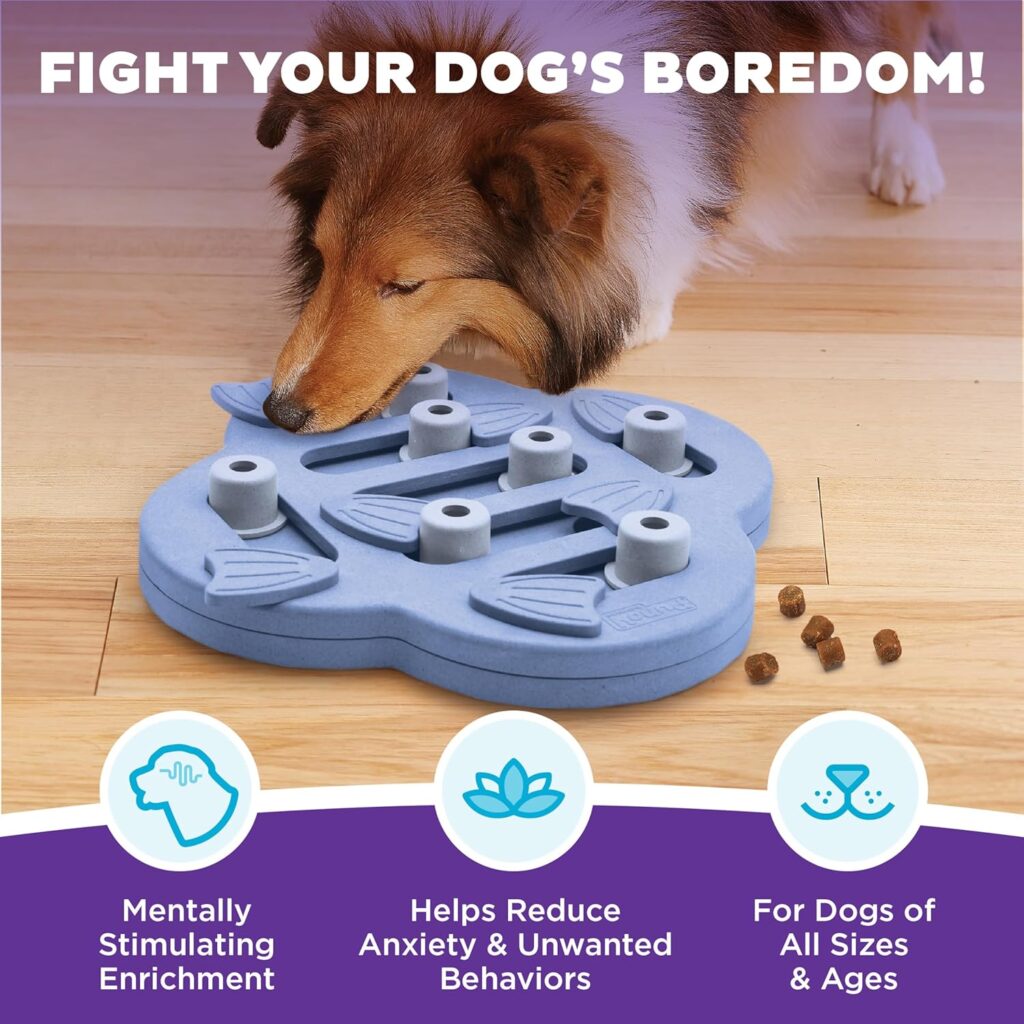
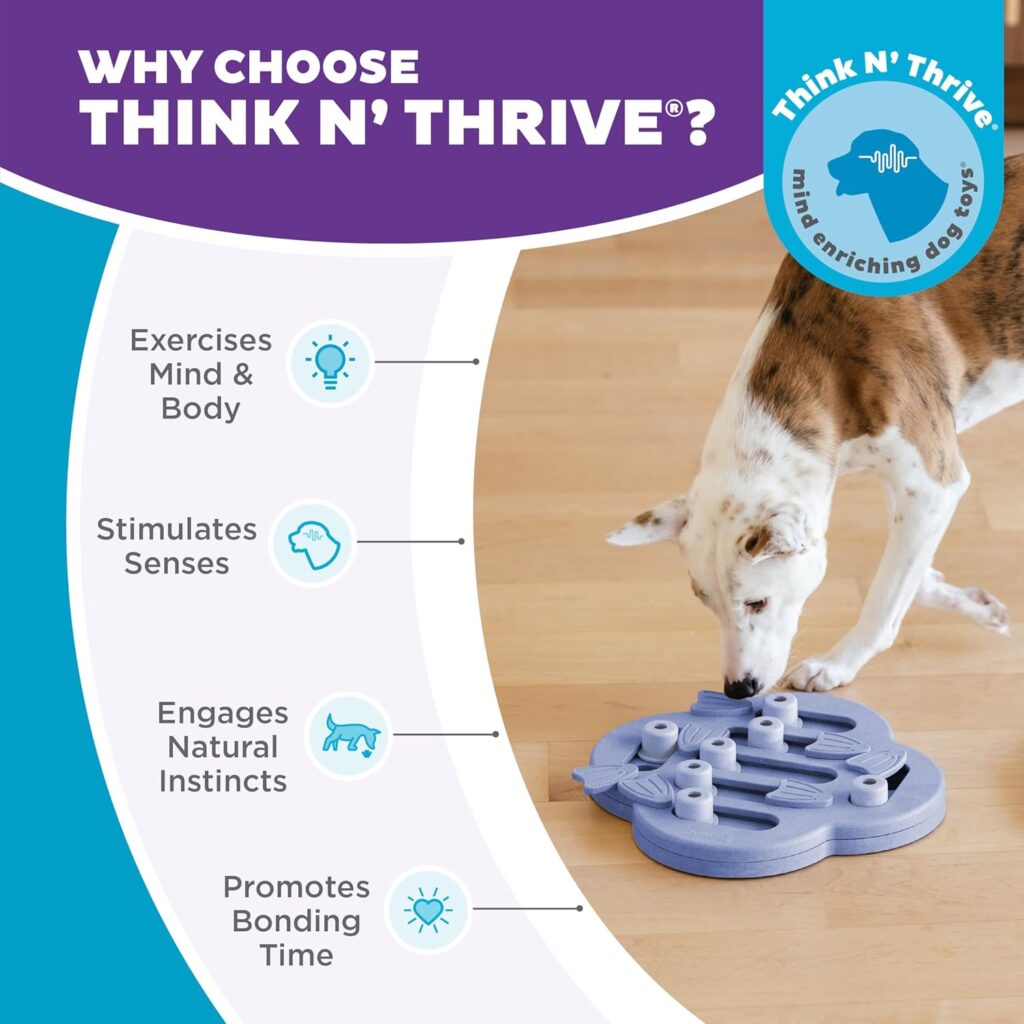
9. Consistency and Patience: The Keys to Success
No matter which training techniques you use, consistency and patience are your biggest allies. Dogs thrive on routine and clear communication. If one day a behavior is allowed, but the next day it’s not, your dog will be confused and unsure of what you expect.
How to Stay Consistent:
- Use the Same Commands: If you want your dog to sit, always say “sit.” Avoid using variations like “sit down” or “take a seat,” as this can confuse your dog.
- Involve Everyone: If there are multiple people in your household, make sure everyone is on the same page with commands and training methods. Consistent messaging is essential to avoid mixed signals.
- Stay Patient: Progress might be slow at times, and that’s okay. Every dog learns at their own pace, and staying positive is crucial. Celebrate even the small victories!
10. Investing in Quality Training Tools
Having the right tools can make the training process a lot smoother. Here are a few must-have products for successful training:
- Training Treats Pouch: Keep treats handy during training with the Tuff Mutt Treat Pouch, which clips easily to your belt and has compartments for treats, toys, and even waste bags.
- Long Training Leash: A long leash like the Hi Kiss Training Leash is great for practicing recall in open areas while still keeping control of your dog.
- Comfortable Bed: After all that training, your dog will need a comfortable place to rest. The Furhaven Orthopedic Dog Bed is well-loved on Amazon for providing extra comfort and support, especially for older dogs.
Final Thoughts: You’ve Got This!
Training your dog is an ongoing journey, and while it takes effort, the rewards are absolutely worth it. Building a positive, trusting relationship with your dog through consistent training methods will lead to a happier and more harmonious life for both of you. Remember, each dog is unique, and what works for one might need tweaking for another. Stay flexible, stay positive, and, most importantly, have fun throughout the process!
If you’re ready to get started, consider picking up a few of the products mentioned above to make your training sessions even more effective. Remember, every step you take towards training is a step towards a more fulfilling relationship with your best friend. Good luck, and happy training!
